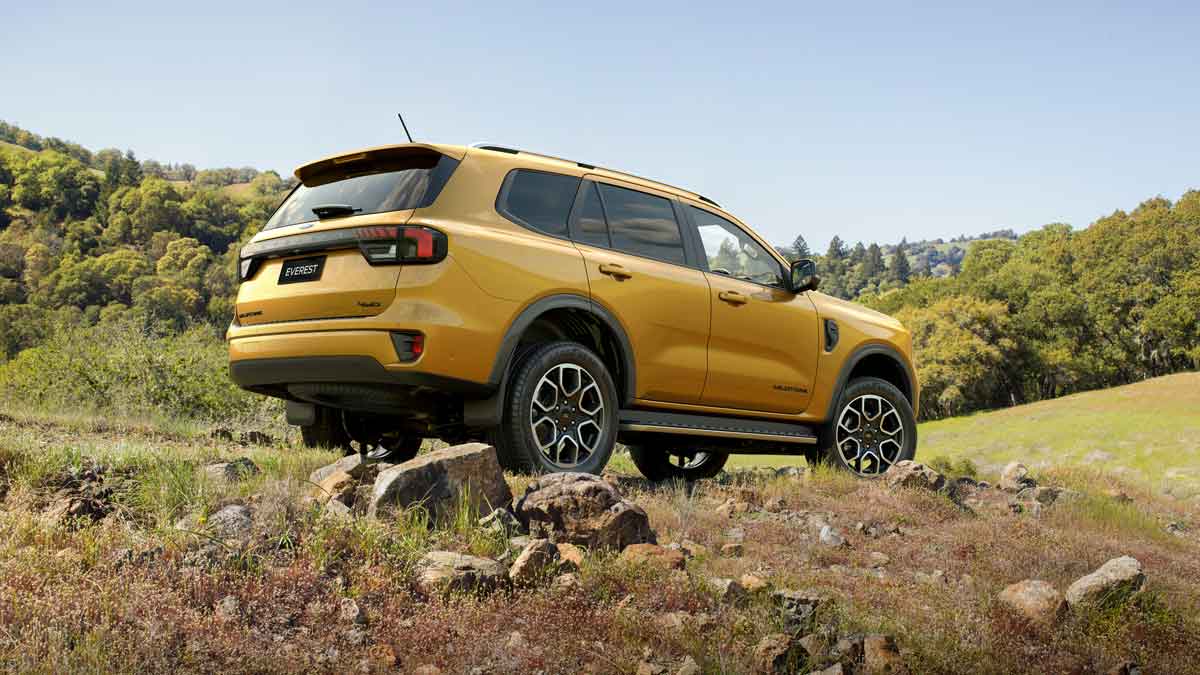Australians bought a record number of new cars in 2025, favouring SUVs and utes while showing a strong appetite for hybrids. EV sales also grew, and while Toyota led the field and Ford Ranger was the best seller, BYD and other Chinese brands are rising fast.
8 essential things you need for a safe off-road adventure

Before going bush, you need to make sure you’re well prepared and have the right gear for whatever your adventure might throw at you. Here's what you need to carry with you for safe off-road driving.
It’s important to plan for your level of experience and needs when four-wheel driving. Even the most experienced bush basher must start every trip by telling a friend or family member who’s not on the trip where and when you're going.
Travellers should make themselves aware of local conditions, particularly when it comes to flood or fire warnings, and keep informed while on (or off) the track. Seasonal factors such as overly wet and slippery conditions need to be well considered, as do extreme heat and dry conditions that increase the risk of fire danger.
It’s also vital to familiarise yourself with your vehicle’s 4WD system and understand the various drive modes and functions. And as for any trip, ensure your tyres and brakes are in tip-top condition before you head off, and that your vehicle’s servicing.
It's also important to check that you have appropriate insurance coverage in place for a 4x4 car.
Important essentials for a safe off-road adventure

Ensure your tyres and brakes are in tip-top condition before you head off-road

Consider investing in a tyre pressure monitoring system before going off road


